Obtain an equivalent system by performing the stated elementary operation on the system. Multiply the first equation by \( \frac{1}{9} \) \( \begin{array}{l}9 x+4 y-4 z=36 \\ 3 x+13 y+14 z=18 \\ 6 x-4 y-14 z=12\end{array} \) \( \begin{array}{l}9 x+4 y-4 z=36 \\ 3 x+13 y+14 z=18 \rightarrow \square x+\square y-\square z=\square \\ 6 x-4 y-14 z=12\end{array} \) \( \begin{array}{l}\text { (Type integers or simplified fractions.) }\end{array} \)
Upstudy AI Solution
Answer
Solution
Sign in to Unlock Answers for Free! ![]()
A Learning Platform Trusted by Millions of Real Students and Teachers.
 Unlock
Unlock Answered by UpStudy AI and reviewed by a Professional Tutor
Extra Insights
To obtain an equivalent system by multiplying the first equation by \( \frac{1}{9} \), we perform the operation: Starting with the first equation: \[ 9 x + 4 y - 4 z = 36 \] Multiplying through by \( \frac{1}{9} \): \[ \frac{1}{9}(9 x) + \frac{1}{9}(4 y) - \frac{1}{9}(4 z) = \frac{1}{9}(36) \] This simplifies to: \[ x + \frac{4}{9} y - \frac{4}{9} z = 4 \] So, the new system becomes: \[ \begin{array}{l} x + \frac{4}{9} y - \frac{4}{9} z = 4 \\ 3 x + 13 y + 14 z = 18 \\ 6 x - 4 y - 14 z = 12 \end{array} \] Now, completing the requested output format: \[ \begin{array}{l} \text{1. } x + \frac{4}{9} y - \frac{4}{9} z = 4 \\ \text{2. } 3 x + 13 y + 14 z = 18 \\ 6 x - 4 y - 14 z = 12 \end{array} \]


